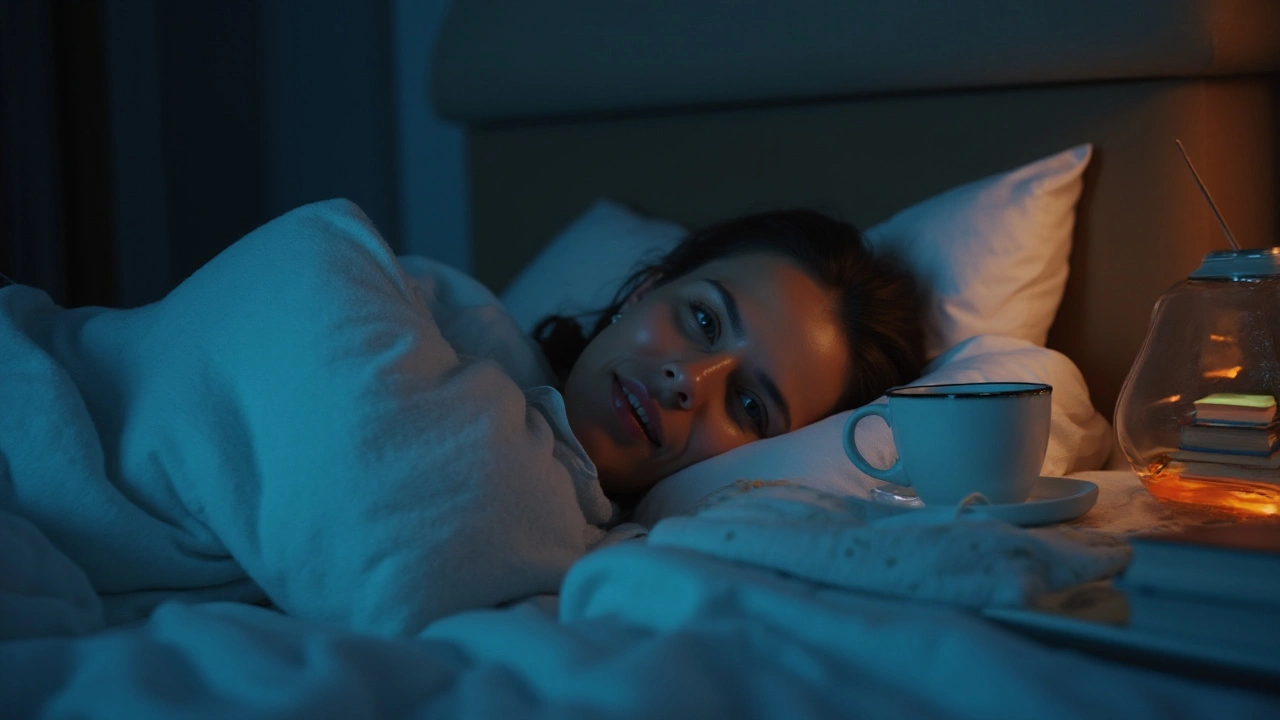Prilosec: Uses, Side Effects, and Everyday Tips for Heartburn Relief
June 5 2025Delayed Sleep Phase Syndrome (DSPS): One Person's Journey — Sept 2024
This month we published a first-person account of living with Delayed Sleep Phase Syndrome (DSPS). The story explains what DSPS feels like, which treatments the author tried, and which everyday changes helped most. If your internal clock pushes sleep and waking hours late, this summary pulls the useful parts into one short guide you can act on.
What the story shows
The author describes falling asleep after 2–4 a.m. and struggling to wake for daytime responsibilities. That pattern led to chronic tiredness, missed appointments, and low mood. Instead of vague reassurance, the post lists specific approaches: bright-light therapy in the morning, timed low-dose melatonin in the evening, strict sleep scheduling, and reducing evening light exposure. The report is concrete — it names times, devices used, and how long treatments took to show effects.
The piece also highlights setbacks. One attempt to force an earlier bedtime backfired, causing more anxiety. A slow, steady shift worked better: move the bedtime 15–30 minutes earlier every few days, not hours. This personal detail matters because it shows why some quick-fix methods fail and why a gradual plan fits real life.
Practical steps you can try
Start by picking a realistic target wake time and aim to shift your schedule slowly toward it. Use bright light for 20–45 minutes soon after waking — sunlight is best; a 10,000-lux light box works if mornings are dark. In the evening, dim screens and lights at least 60–90 minutes before your planned bedtime. The author found blue-light blocking glasses useful during late-night work sessions.
Consider low-dose melatonin timed about 1.5–2 hours before the sleep time you want, not the time you currently fall asleep. Many people respond to 0.5–3 mg, but start low and follow a doctor’s advice. Melatonin helps shift the clock when combined with morning light and a consistent schedule. The post explains how using melatonin alone often failed — it needed pairing with morning light and routine.
Make daily routines predictable: same wake time every day, regular meals, and morning activity. Avoid heavy naps after mid-afternoon. Physical activity earlier in the day helps consolidate night sleep, while intense evening workouts can push your clock later.
Mental habits matter too. The author used short wind-down routines: a warm shower, reading a physical book, and a quiet bedroom with cool temperature. When anxiety rose about sleep, short relaxation exercises and limiting clock-watching reduced pressure and made small shifts stick.
This archived post gives a realistic roadmap: expect gradual progress, track times and light exposure, and combine strategies rather than hoping one trick will fix everything. If sleep patterns keep interfering with life, reach out to a sleep specialist — sometimes behavioral therapy or a clinical plan is the right next step.
Want the full story? Read the original post for exact timing examples, product notes, and the honest ups-and-downs the author went through while shifting a night owl schedule toward daytime life.
 5 Sep
5 Sep
Experiencing and Overcoming Delayed Sleep Phase Syndrome: One Person's Journey
In this article, readers will follow a personal journey through Delayed Sleep Phase Syndrome (DSPS), a common but often misunderstood sleep disorder. The article provides insights into the condition, explores potential treatments, and offers practical tips for managing and overcoming DSPS. The goal is to offer hope and guidance to others who might be struggling with similar sleep challenges.
Read More...




